curated by Claudia Praolini
FOCUS SUPERNATURE
We are all ecologists and what we are aiming for is an excellent ecology which is also good for our eyes and ears. Supernature is a journey through the natural territory in the pursuit of a landscape which embraces man and woman, finally synchronized on the rhythm of the cosmos.
The key to reconciliation goes through the birth of a new language, able to express our guilt at the same time the echo of the violated lands and waters. It is thanks to this Lingua Nova that new world maps will be drawn. The wind of devastation will be appeased. The spiral symbol will be the first written sign and will mean Mother. Supernature is dedicated to Uvanuk the Shaman, who was gifted with the word and became poetess, being thus able to tell the story of the world.
In collaboration with the Lago Film Festival.
The selected movies
curated by Claudia Praolini
Kingdom, by Tan Wei Keong, Singapore, 2018
Maria de los Esteros, by Eugenio Borrero, Columbia, 2018
Rang Mahal, by Prantik Basu, India, 2018
Solar Walk, di Réka Bucsi, Denmark/Hungary, 2017
The flood is coming, by Gabriel Böhmer, UK/Switzerland, 2018
Tierra Mojada, by Juan Sebastián Mesa, Columbia, 2017
Umbra, by Florian Fischer and Johannes Krell, Germany, 2019
KINGDOM – as seen by Elena Saltarelli
In this little masterpiece of just over 5 minutes, the Singaporean director Tan Wei Keong formulates a perfect synthesis of animation and photography, dragging the viewer into a whirlpool of deep loneliness. Behind the apparent simplicity of a distressing and surrealist plot, many symbols make their way through the main character’s mortuary and unceasing wanderings, symbols with mainly no explanation. The feeling that prevails is that of not being able to run away from oneself, even though one has gone so far to find peace. Everyone carries something with which he must confront: belonging to the surrounding world occurs only through a forced mediation with it. What can be felt as a desertic void of emotions (namely death, that takes everything – and everyone – away with her) responds to the same laws of nature to which every creature must be submitted: from the rupture that can be felt as irreparable, another life is always born. The same life as before, only in a different shape.
MARIA DE LOS ESTEROS – as seen by Elena Saltarelli
This short film, directed by the Columbian director Eugenio Gomez Borrero, unravels a slow symphony in its 19 minutes of shooting, a sort of swan song in a land that has become desolated and whose natives refuse to leave. What does it mean to lose the land that gave food and dreams to you and to those who came before you? It means losing that deep meaning that binds you to the earth itself, to your spirituality and to the reasons that led you to be a traveler of this land. Directed under an extremely symbolic and lyrical key, Borrero through songs, litanies, and long shots tells us about the immense pain linked to the obstinate refusal of not wanting to lose what you love.
RANG MAHAL – as seen by Elena Saltarelli
This 27-minute documentary, directed by the young Indian director Prantik Basu (born in 1986) tells the story of how an Indian tribe of indigenous origins (the Santhali tribe), after thousands of years, maintains a strong oral tradition made up of myths and legends about the creation of the world and the nature that has always surrounded it. A powerful formal tribute, full of visual and auditory suggestions, that takes you to the heart of a civilization which was always little investigated in the Western cultural researches.
The narration takes up the myth of the Creation of the world, starting from water and arriving at the first house ever built, with the roof made by scales like those of a snake. From the woman and the man, born from the love of two swans, who gave birth to the human race on the Earth. The myth is accompanied by images that slowly blend into each other, just like the narrated elements that need to mix with each other to evolve.
The almost meditative development of the work is evident. The narrator’s words come to be confused with the landscape in the background in an interesting experiment which highlights how the Santhali tribe is indissolubly linked to the natural cycle of life and pervaded by a sense of belonging to the Earth that we Westerners have almost forgotten.
The reflection that follows the vision of this work, however, stems entirely from the sensitivity of the individual viewer: it is by no means Rang Mahal’s aim to stir up debates about the modus vivendi of people in a given part of the world, rather it aims at showing how these people live, in a sense totally free from any possible interpretation.
SOLAR WALK – as seen by Sofia Brugali
Multiple forms of continuity in space and time, Réka Bucsi’s characters flow in a liquid and relative cosmos without any apparent causality. They are calm despite their constant movement, they are limitless because they imagine and reimagine, shape and reshape both themselves and the outside world. There is no fear, because there is no expectation: creation is a ceaseless and random process, though completely harmonious. Everybody, or I should say everything, make their own journey, abandoned in the stream of becoming. They are both actors and spectators in a pantheistic universe.
Animation and music merge together and give life to an abstract and experimental experience. The sound gives substance to the director’s imagination, it frames the action. It confuses and directs the spectator, all at the same time… but it isn’t essential: the short movie would also suit perfectly as the visual in a party over 120 bpm.
THE FLOOD IS COMING – as seen by Sofia Brugali
Whether intentionally or by accident, the title of Gabriel Böhmer’s short animated movie recalls the French saying après nous, la deluge (“After us, the flood”): a feeling of indifference towards the future, the act of “passing the buck” to the next generation. A behaviour that Marx attributed to “every capitalist and capitalist state” is analysed by the film director in his reflection on the human being and his ecological footprint, through the story of a hermit and his eye. The awareness of the imminent arrival of the deluge obsessively reminded during the movie, leads to two opposites attitudes: the one of the hermit, who goes on with his everyday routine, and the one of his left eye, more responsible, which literally takes shape to build a safe haven. Two alternatives which cannot coexist: that is why the carelessness of the man causes the break out of a fire which destroys the forest, the final act of his destructive and self-centered way of behaving.
TIERRA MOJADA – as seen by Sofia Brugali
“En Colombia no vamos a permitir que por unos pocos desadaptados se obstaculice el progreso y el desarrollo de nuestro Paìs.”
“In Colombia, we won’t let some misfits stand in the way of progress and development of our country.”
Tierra Mojada is a short counter-narrative masterpiece, which tells the story of a dying world in a simple, though intense way. It is the world that gathered on the banks of the Cauca River, surrounded by a green forest. Its colour changes during the short film, first taking on the tones of pink and then moving on to the other end of the light spectrum, dyeing itself with a pale blue at nightfall. As the forest changes, the life of its inhabitants are also distorted and we see them, the “misfits”, choosing to die with the forest if death is meant to be its destiny. Therefore, they get buried alive, with the help of a young boy, torn between tradition and modernity, now forced to identify in just one of its two opposite identities. He moves away, crying, through the blasts and the screams of the guerrilla. On the contrary, the forest is intolerably still: it has been wounded by the chainsaws, the heralds of Progress. They clear the way for Hidrotuango, the biggest hydroelectric project in Colombia. The power of its advance is symbolically recalled by the disturbing roar of a jaguar, hidden, but still present, while the lymph flows like blood down the bark of a tree.
Juan Sebastián Mesa brings to the screen the umpteenth tragedy which takes place at the expense of man and nature, silently but ferociously. At the end of the movie, diving into this matter is worthwhile.
UMBRA – as seen by Elena Saltarelli
Umbra, an experimental short film directed by the young German filmmakers Florian Fischer and Johannes Krell, is named after the dark shadow that forms in the heart of an eclipse during the moment of greatest coverage. A work of unusual length (about 20 minutes) which gives us a photographically excellent rendering in the service of an elusive meaning, and which leaves the key to the final understanding to the sensitivity of the viewer. The similarity between this natural phenomenon and the shadow cast on surfaces and cut by the trunks and leaves of the trees is repeated with meditative continuity, perhaps to suggest that the astral space, with its spectacular and mysterious events, has little to envy to the events that every second are repeated on earth, around us. As explained before the end credits, Krell and Fischer’s intent lies above all in the search for a “natural” equivalent to the darkroom, a sort of optical effect that we are used to perceiving as normal but that has the same intrinsic characteristics of a rare phenomenon like the eclipse. This can be found in the light reflected on the surface of the water, or in the fluctuating and kaleidoscopic shadows that filter through the leaves.
The visual experience, combined with an accurate sampling of sounds, is sublimated in a sort of journey that tests the viewer, whose perception, mediated by everyday life and past beliefs about the space around it, is forced to re-adjust his limits and see with new eyes what has always been there, but was previously just taken for granted.



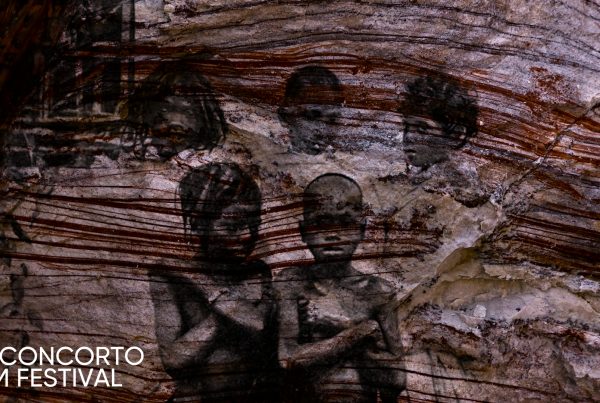
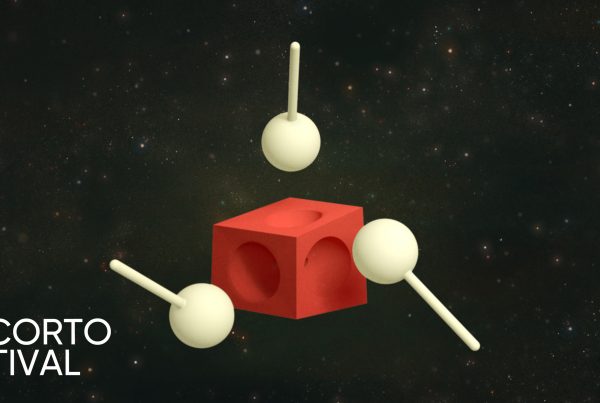
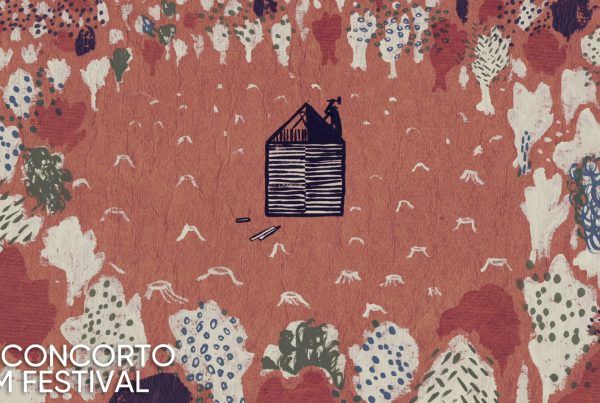
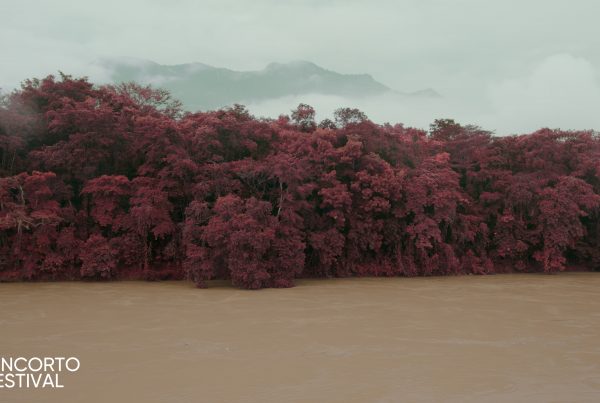


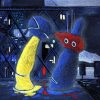


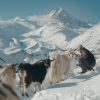

Commenti recenti